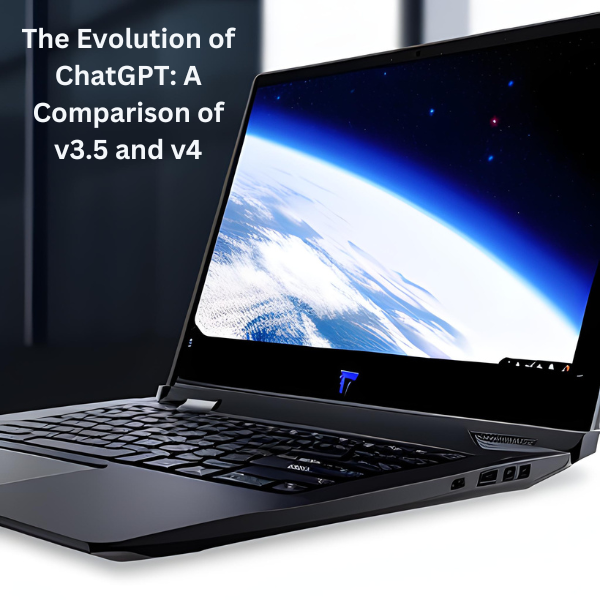The Impact of Gadgets on Student Research Skills and Habits
In the past, students had to physically go to libraries to browse hardcopy books for simple research or homework. It could take hours to find the right information and even longer to compile it into a cohesive report. Today, thanks to the widespread use of gadgets in the classroom, students have instant access to an endless amount of information at their fingertips. The use of gadgets such as tablets, laptops, and smartphones has revolutionized the way we learn and has made the process of researching and completing homework much easier and more efficient. This is particularly true when it comes
Click for more / Podcast Player>






